When you’re planning to install a garden shed that works perfect for you, you’ll need to ask yourself some questions.
How are you planning to use your shed? Will you be using it for potting up plants? Will you use it to hold your gardening tools and implements? Or, will you use it for other DIY materials such as paint pots and the like?
Will you require shelves to hold your garden implements, supplies and fertilizers or pesticides? Will you need to use vertical space for things such as yard furniture, lawn mowers and trimmers as well as garden rakes?
Durable Metal Shed
If you’re considering security, you’ll want to invest in a solidly constructed galvanized steel shed.
Metal sheds are usually the most expensive choice however, they will provide the most protection and security for your gardening implements. If you’re in a coastal region, you may also encounter lots of bad weather and need to make sure that your garden equipment is safe and protected.
If you don’t need light, you can choose a shed with no windows and that will give you even more security than if you have windows for would be thieves to see what’s in your shed. You’ll also have more potential for shelves and storage if you don’t have any windows.
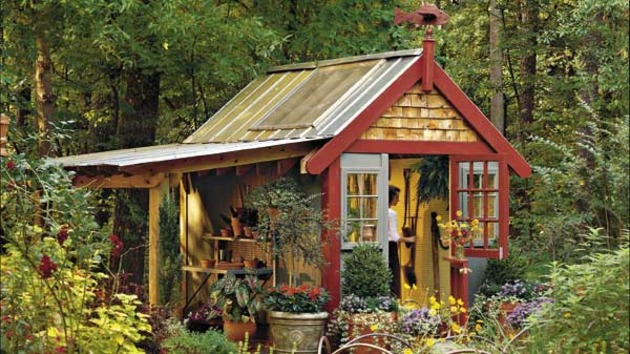
Metal sheds require little maintenance, especially the ones that are designed with a resistant rust coating. It may be well worth your time to look into one with a 20 year manufacturer’s guarantee as well.
Practical Wooden Sheds
Wooden sheds are by and far the most common type of shed one can buy today. They will fit with nearly any garden environment as well as add rustic charm to the landscaping.
Many suppliers will even customize wooden sheds to suit your needs. You can also order a wooden shed that is all ready to assemble. These will have instructions with them that are hopefully easy to follow. If not, you can usually find a local business that will deliver it and set it up for you.
Wooden sheds usually have a 15 year guarantee against wood rot and the like. It may be well worth paying extra money for a shed made from pressure treated wood. It will save you time and money in the long run if you’ve already had the wood treated with a preservative.
Lightweight Plastic Sheds
Low cost options would also include plastic in lieu of a wood shed. The downside is that they can bee too lightweight if you live in an area that is frequently going through high winds.
On the positive side, they are easy to take care of, don’t require any special maintenance or treatment and can be washed using simple household cleaning products. Easy to put together and take apart, these work well for storing bicycles, garden tools and the like.
Giving Your Shed A Strong Foundation
Every shed will require a solid sturdy base. Flat concrete or paved areas are the perfect place to put a shed. Obviously, sloping or uneven areas won’t work well for this.
If you don’t already have a solid base, you may wish to consider the best area to locate your shed. If you’re going to use it a lot you’ll want it to be easy to access. You’ll want it out of the way but convenient. Stepping stones are an ideal way to get to and from your new shed.
Many gardeners like their shed out of sight of the house to avoid ruining the view. If you can’t hide your shed, you may wish to use climbing plants to make it more attractive.
Sheds come in a variety of shapes and designs. There is one that will suit just about any need. Whether your budget is large or small there is an ideal shed for you.
Citations:
- More great gardening advice
Featured images:
- Image courtesy of Smart photo stock
Amy Rice writes about beautiful plants and sheds, when not writing she enjoys gardening and dining out with friends.
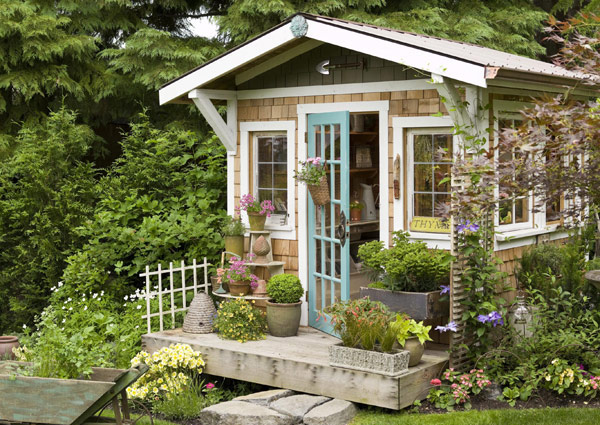
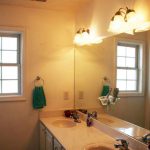
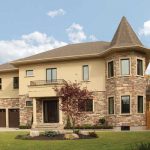





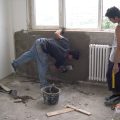


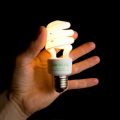




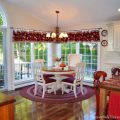
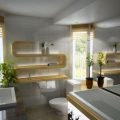
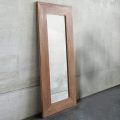
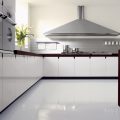
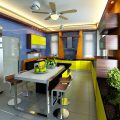

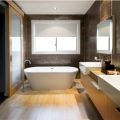
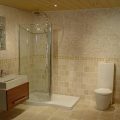



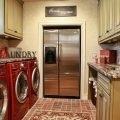


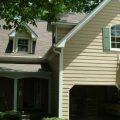
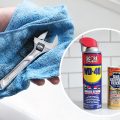
No Comments
Leave a comment Cancel